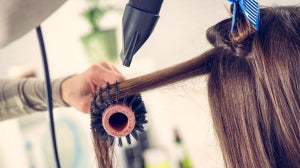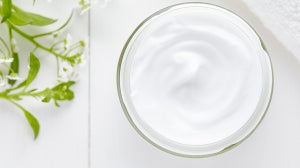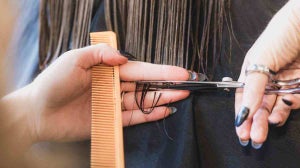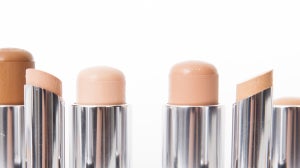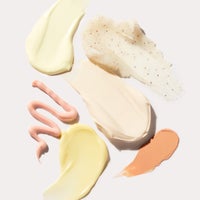
Every year, more than 6 million children are infected with these harmless yet pesky parasites. There are often so many fears, concerns and questions regarding head lice. Kate Solomon, the founder of Babo Botanicals, has addressed the most prevalent questions and formulated a clinically proven solution to help repel lice.What are lice? Head lice are tiny insects that develop in three stages: from nit to nymph to full-blown louse. “Nits are eggs that attach themselves to the hair shaft; they’re hard to see because they’re so small, and also because they can be confused with dandruff or shampoo residue,” Says Katie Shepherd, author of the book, “Lice Advice.” Yellow to white in color, a nit takes about a week to hatch into a baby louse called a nymph, which grows to adult size in another week or so. The louse is about as big as a sesame seed and has a tan to grayish color. It needs human blood to live and can survive up to 30 days in a person’s hair. Head lice do not come out of the air or from the ground. They are human parasites and have probably been here since the beginning of time. Desiccated (dried up) head lice and their eggs (nits) have been found on the hair and scalps of Egyptian mummies. Having head lice does NOT mean the person has poor hygiene or low social status. Having head lice causes intense itching, but does not lead to serious medical problems. Unlike body lice, head lice never carry or spread diseases.Do pets get head lice? Head lice cannot be “caught” from pets and cannot survive on pets. They are human parasites and require human blood for survival.What is the life cycle of the head louse? Head lice can survive on a human host for approximately 30 days. A female louse lays 3-5 eggs a day. The eggs hatch in 7-10 days and it takes another 7-10 days for the louse to mature and lay its own eggs. Head lice do not jump or fly and generally cannot survive longer than 24 hours off the host.Can you catch head lice in a pool, pond or lake? Swimming with someone who has lice carries no greater risk of transmission than any other activity. When lice are in water, they go into a state of suspended animation, but remain firmly locked onto the hair – literally hanging on for dear life. This is how they survive shampooing, rain, seawater and swimming pools. Risk of transmission will occur with the sharing of towels, piling clothing or towels, storing personal items in close Learn about Babo Botanicals Lice products on SkinStore.com.

Related Articles

